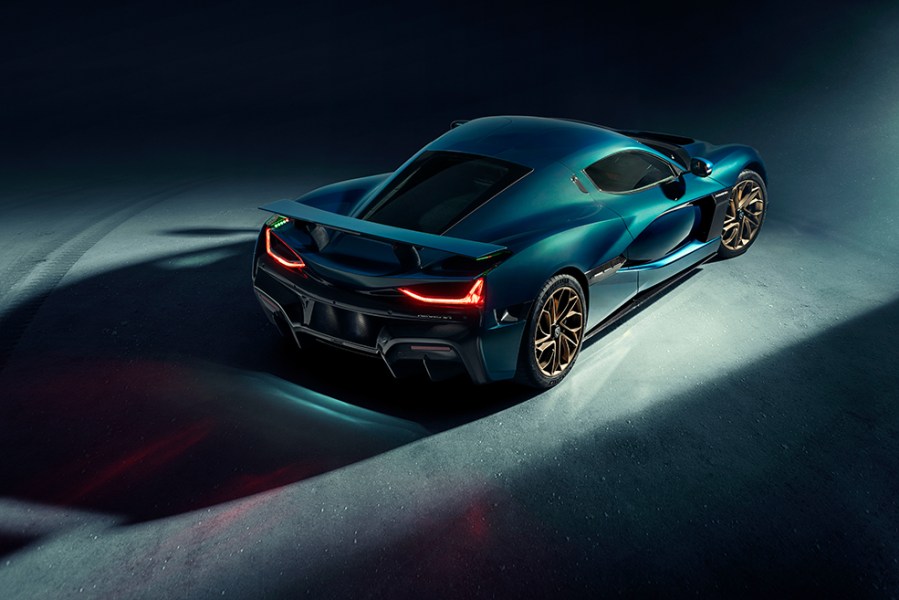Diesel, hydrogen, and liquefied petroleum gas could all play a role in experimental new Rimac fuel tech.
As a method of propulsion in cars, batteries pose some quite important flaws. Firstly, there’s the issue of range. To get any sort of long-distance mileage out of one, the battery needs to be huge, and that in turn means that they’re far more heavy than would be ideal. As a knock-on effect from that, battery-powered cars lack the sporting dynamics of a well-sorted combustion engine car. Plus, the materials required to make ever-bigger batteries aren’t exactly free of environmental baggage, which is the whole point of the industry switching to EVs in the first place.
Consequently, it makes sense for automotive tech leaders to consider other methods of powering electric motors, whether it be through evolutions in battery tech, or something entirely different. Toyota recently conceded that it was too early to bring hydrogen to the masses following the failure of its Mirai model, with a BMW spokesperson suggesting that hydrogen fuel cells were perhaps a decade or more behind in terms of development compared to EVs. Porsche, meanwhile, continues to plug away at the concept of synthetic fuels. Now, Rimac is investigating another potential avenue.
What does the new Rimac fuel tech involve?
Speaking to Autocar, Mate Rimac revealed that the Croatian engineering firm had begun assessing the possibility for chemically altered liquids to provide power for electric motors. In *very* simple terms (I’m not exactly a scientist), the general idea is to heat these liquids as a way of producing electricity, which would then power the electric motors to propel the car. Rimac gave a surprising answer as to which liquids his teams are teeing up for examination. Liquefied petroleum gas, hydrogen, and diesel were all cited. Though, that’s unlikely to be an extensive list.
According to initial investigations, Rimac understands that this fueling process (something which it’s referring to broadly as ‘nanotubes’) could be up to 50% more power efficient than a regular combustion engine. Speaking of which, to avoid any confusion, it’s worth reiterating that the heating of these nanotube liquids isn’t directly leading to propulsion. Instead, it is merely helping to produce electricity which is what would propel the car forward via an electric motor powertrain.
Could heating liquid fuel really be environmentally responsible?
One of the major questions to ask of this new Rimac fuel tech is, what are the by-products? After all, as a society we’re trying to step away from burning fuels for the sake of our planet’s health, so does it make sense to entertain an idea like this one? Well, Rimac does concede that this new fuel tech would emit gases such as carbon dioxide, however the process is entirely different to that of a combustion engine. As such, the quantities of emissions produced would be greatly reduced. It’s also worth considering the environmental benefit of not having to produce batteries, and from a driver’s perspective it would mean less weight too.
With that combination of traits, it’s surely at least worth considering applying within the sports car segment. A lighter powertrain is inherently more conducive to the needs of a performance car, as is the vastly improved efficiency over a regular combustion engine, all while allowing enthusiasts to enjoy driving at a lesser environmental cost.
Either way, it’s clear that this new fuel technology is in its infancy, and its exact workings are still yet to truly leave the theory stage or be broadcast publicly. Whatever happens, this new fuel tech (and every other possible alternative) is still a long way off from coming to fruition. The 2020s will almost certainly be the decade of the battery-EV, but beyond that, the future is less certain…








